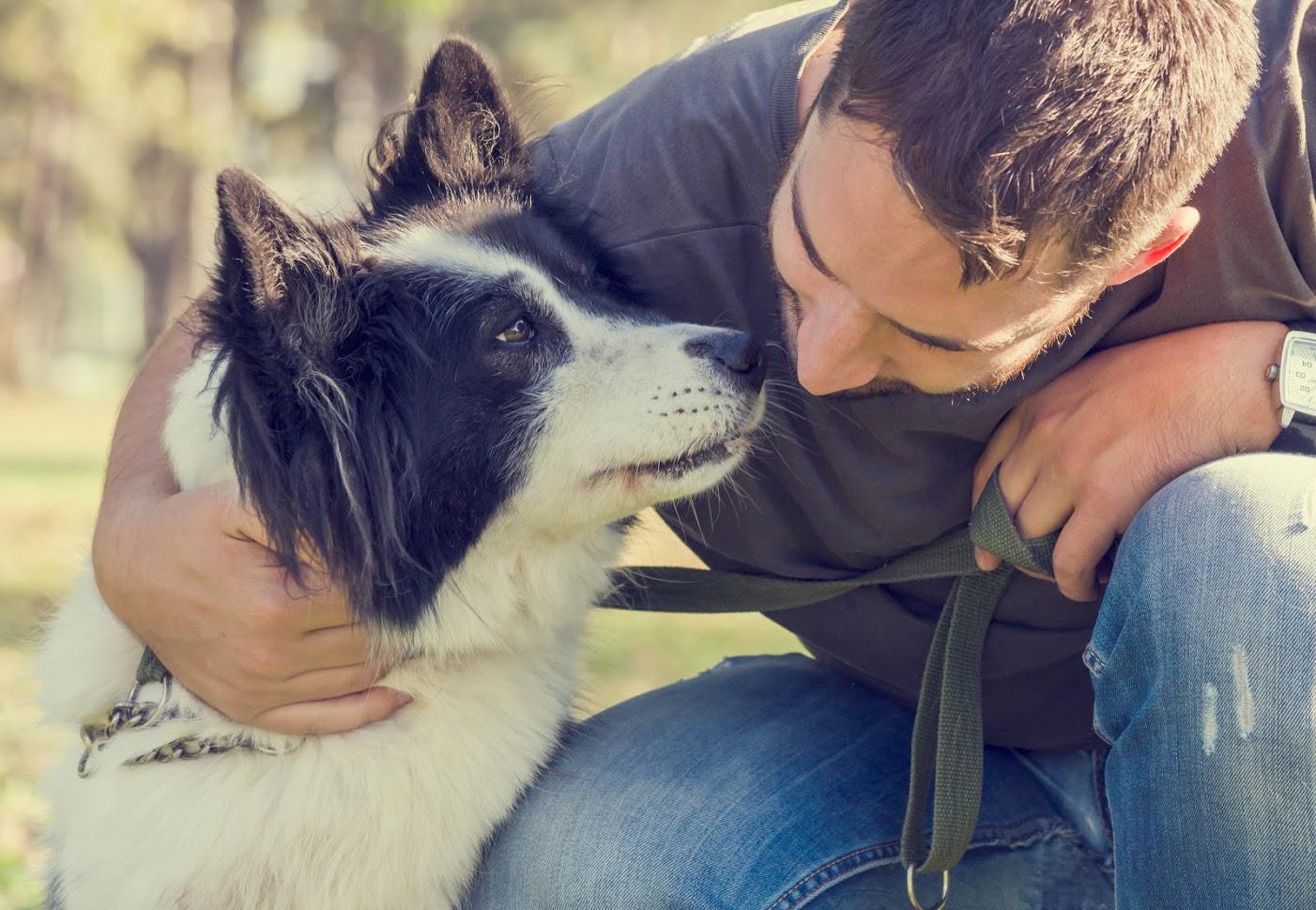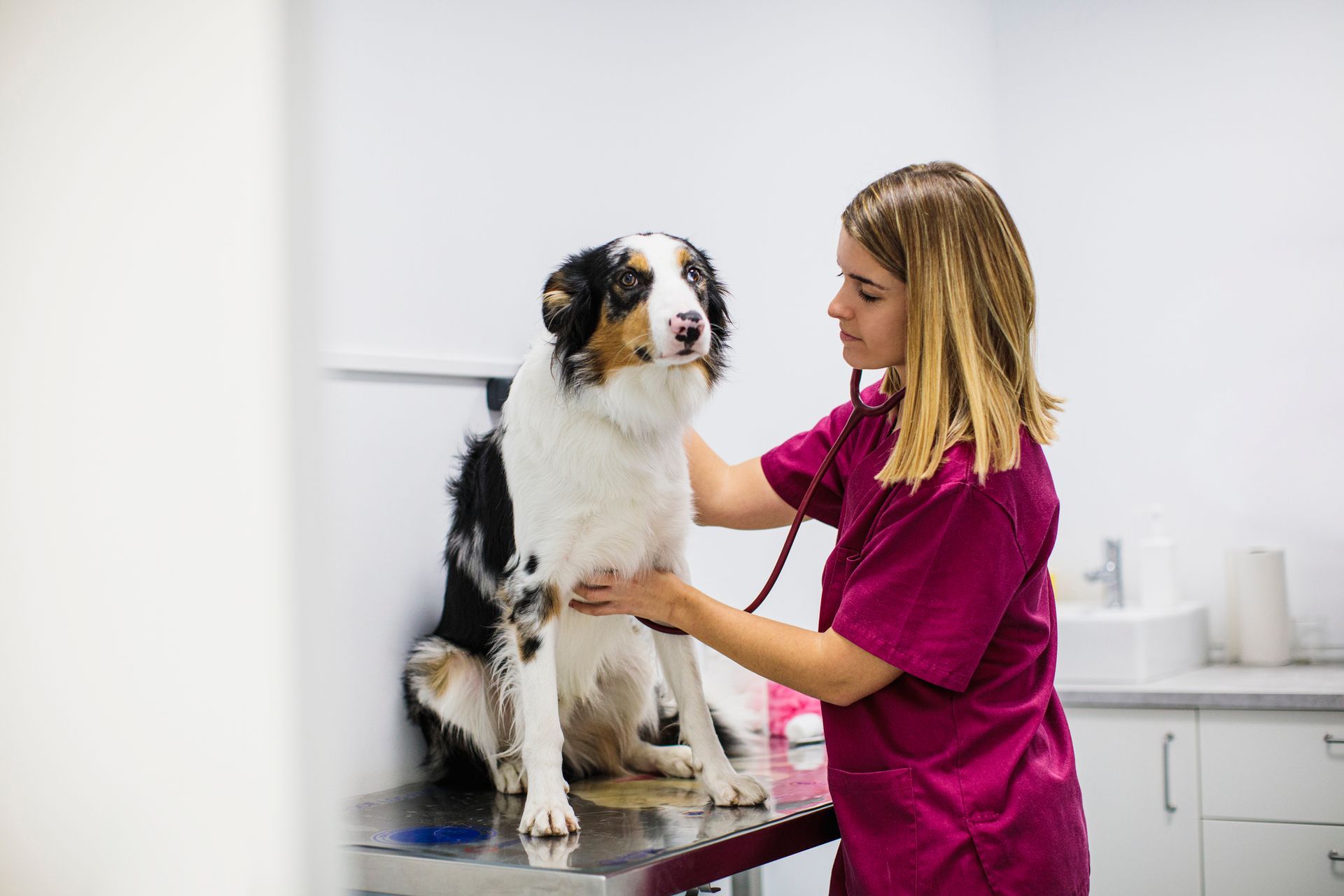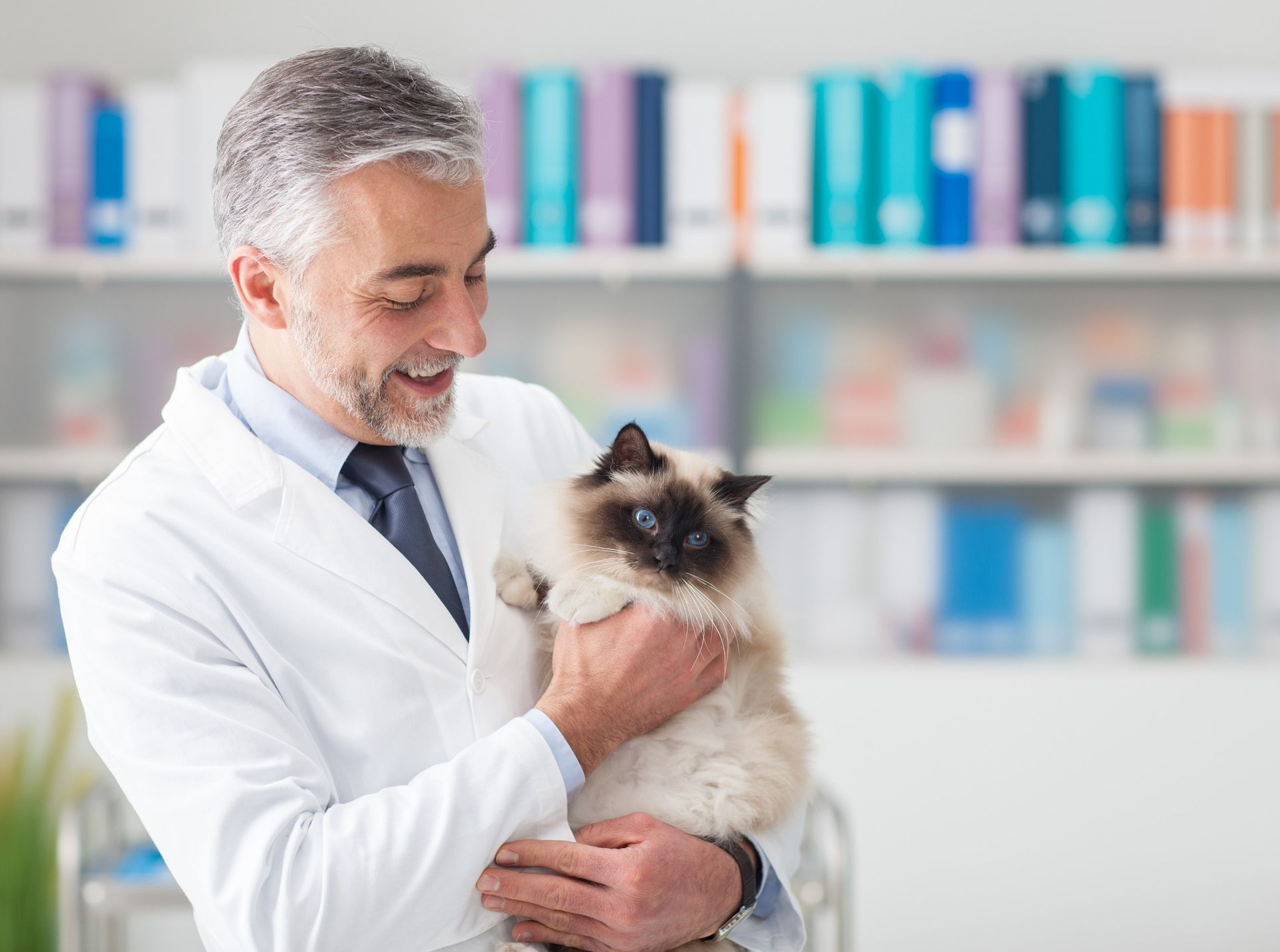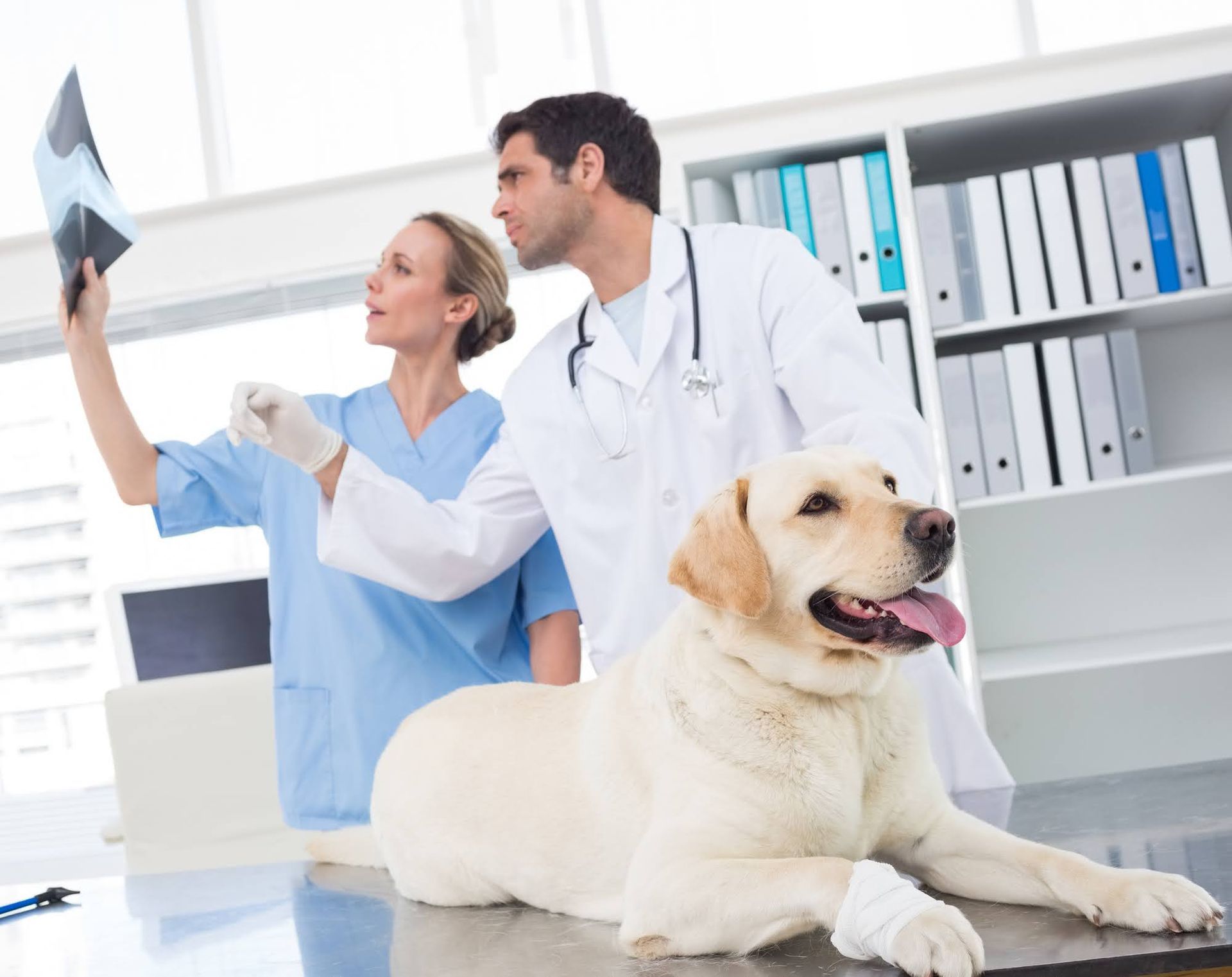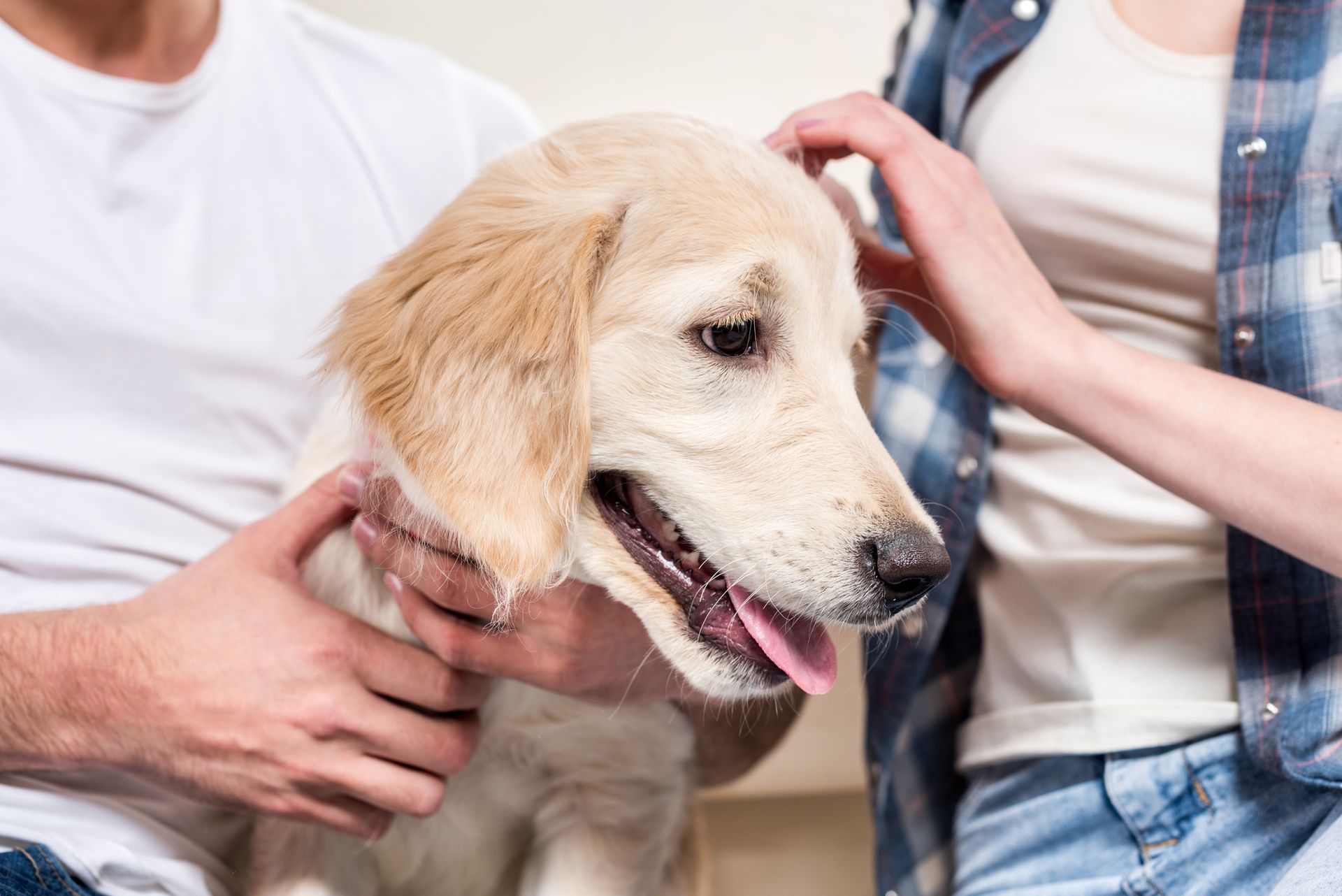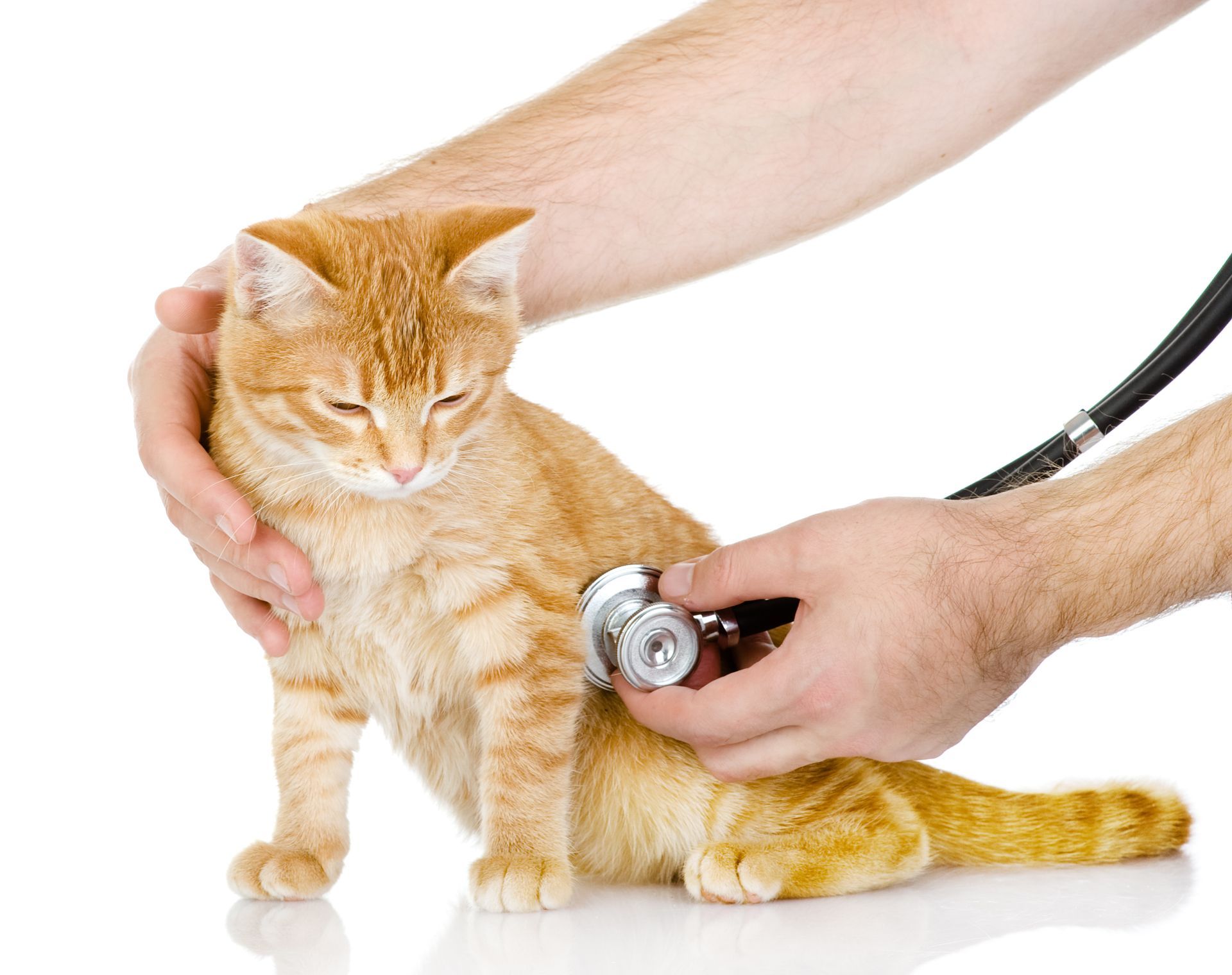What You Should Know When Fostering a Dog
websitebuilder • December 6, 2019
If you have decided that you want to become a foster parent to a rescue dog for the first time, you may be unsure of what to expect and what to do when you bring the dog into your home. Fostering a dog can be a great experience if you have the proper tools and expectations.
Learn some of these tools, and you will be well on your way to having a wonderful and fulfilling foster experience in your home.
Be Patient
When you foster a dog, you are likely getting a dog out of a bad situation. They may have been dumped on the side of the road, abused prior to getting to you, or been forced to live solely outdoors (among other possibilities). If they came from a shelter, the shelter may not have been the nicest place either.
Rescue dogs who need fostering require patience. They may not warm up to you right away. They may be afraid to be touched or of everything. The dog may have behavioral problems or might not be even housetrained.
Be patient. Get to know the dog. Let them get to know you. Take everything slowly. Eventually, you and your foster dog will develop a routine and a positive relationship.
Go to a Veterinarian
If a dog requires rescuing and a foster home, they likely have not received proper veterinary care. They could have any number of health problems including parasitic infections like heartworm or tapeworms. They could also have mange or fleas.
Most rescue dogs are also not up to date on vaccinations or have no solid vaccination records. As such, you should take your foster dog to the vet as soon as possible after you get them.
Additionally, spaying or neutering may be necessary for the dog to be adoptable, and scheduling the procedure with a veterinarian right away can help to ensure your foster dog can find their forever home as soon as possible.
Generally, the rescue will cover the costs of veterinary care while the dog is fostered. This is a part of the foster agreement and helps to ensure the rescue organization that the dog gets all of the care it needs to be healthy and ready to adopt.
Watch How They Are Around Food
If you have other dogs in the house, feeding time may get more complicated when you have a foster pup. Dogs who have been in bad situations can often be food aggressive, meaning they will growl or even fight if another dog comes near them while they eat.
You will want to watch how they act around food closely to ensure no fights break out between your dogs and your foster dog. A good idea to start is to feed the foster dog in their kennel, where they can feel safe and secure while eating. You can then eventually try letting the dog be just outside the kennel while eating and eventually integrate into the normal routine of your home.
Don't Be Afraid to Foster Fail
Being a foster fail means that you adopt the animal you foster because you grow attached. Don't worry about this when you bring the dog into your home. If you get attached, you get attached, and if you don't, you don't.
Focus on giving the dog the best care you possibly can and help to teach it what a loving, supportive environment is like. The goal of fostering is to get a dog who has been in a bad environment used to being cared for and loved.
If you do foster fail with one dog, it does not mean you will always foster fail either. Sometimes, that special connection just develops with a dog and you cannot let it go. And that's okay. Rescue organizations want dogs to go to the best home possible, and yours might just be it.
Now that you know some of the important things to keep in mind when you foster a rescue dog, you can get your foster pup with confidence. And, of course, call the vet
for an appointment right away.

